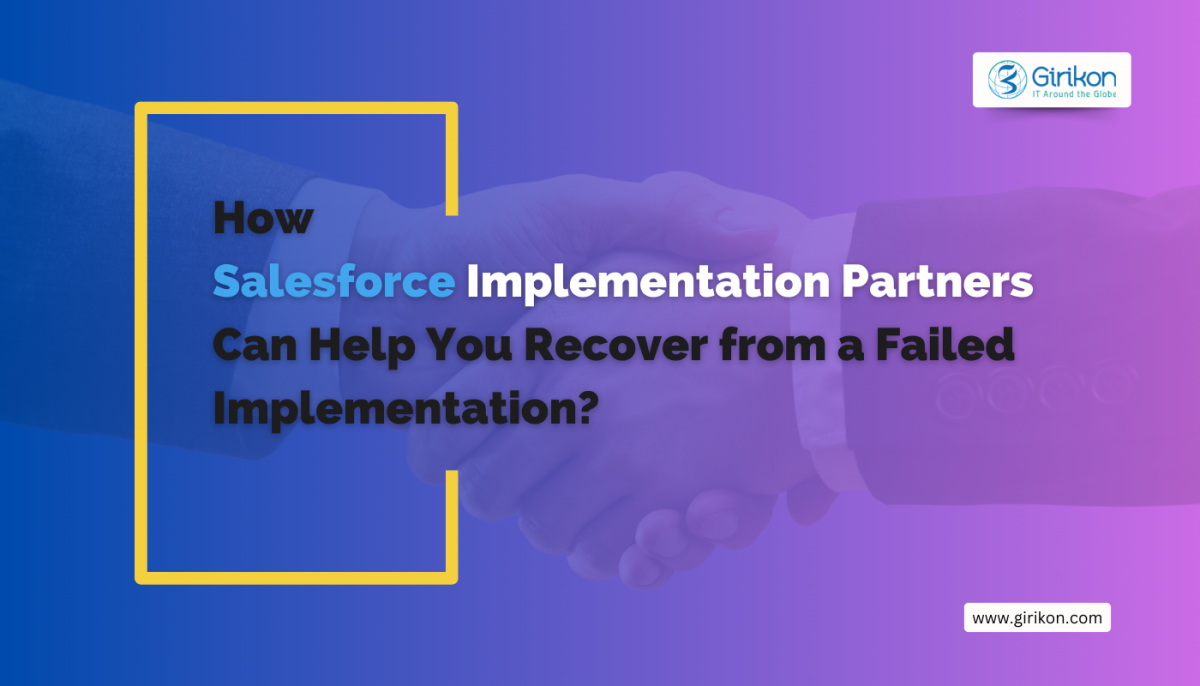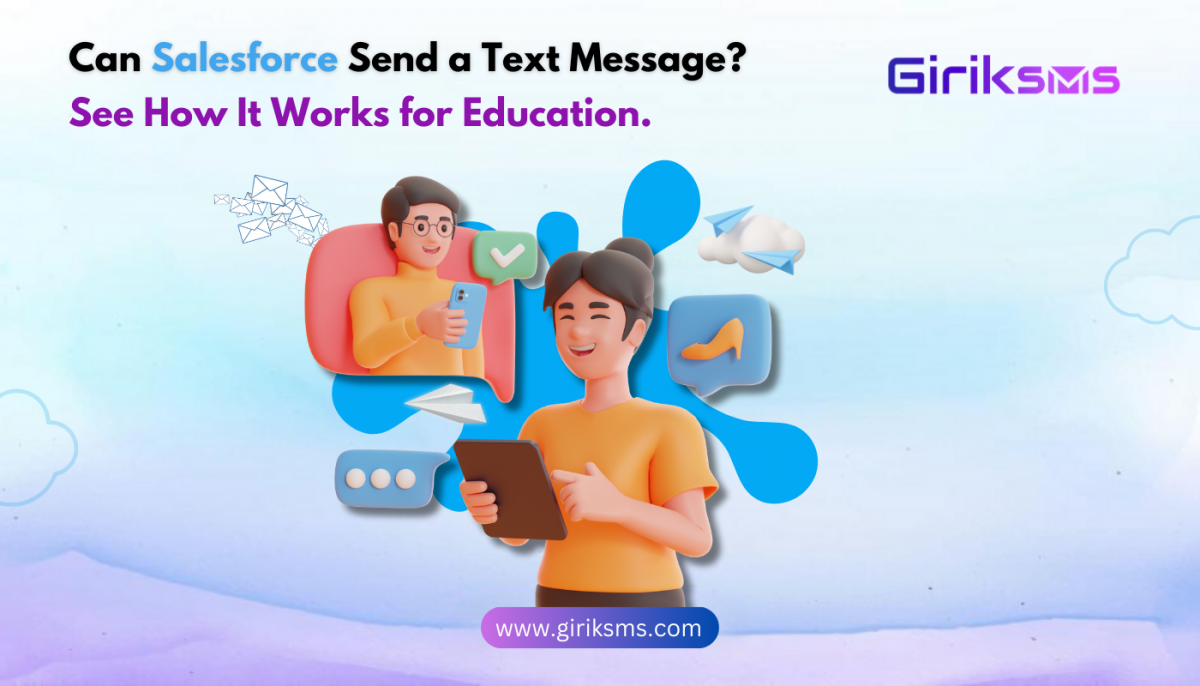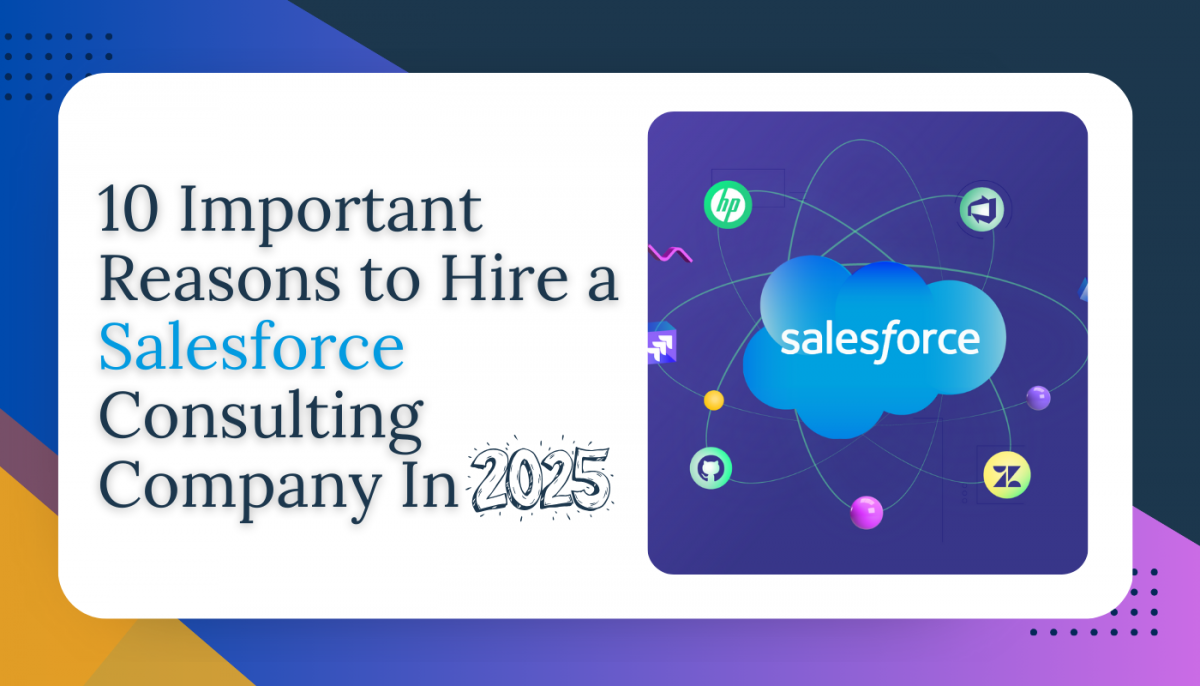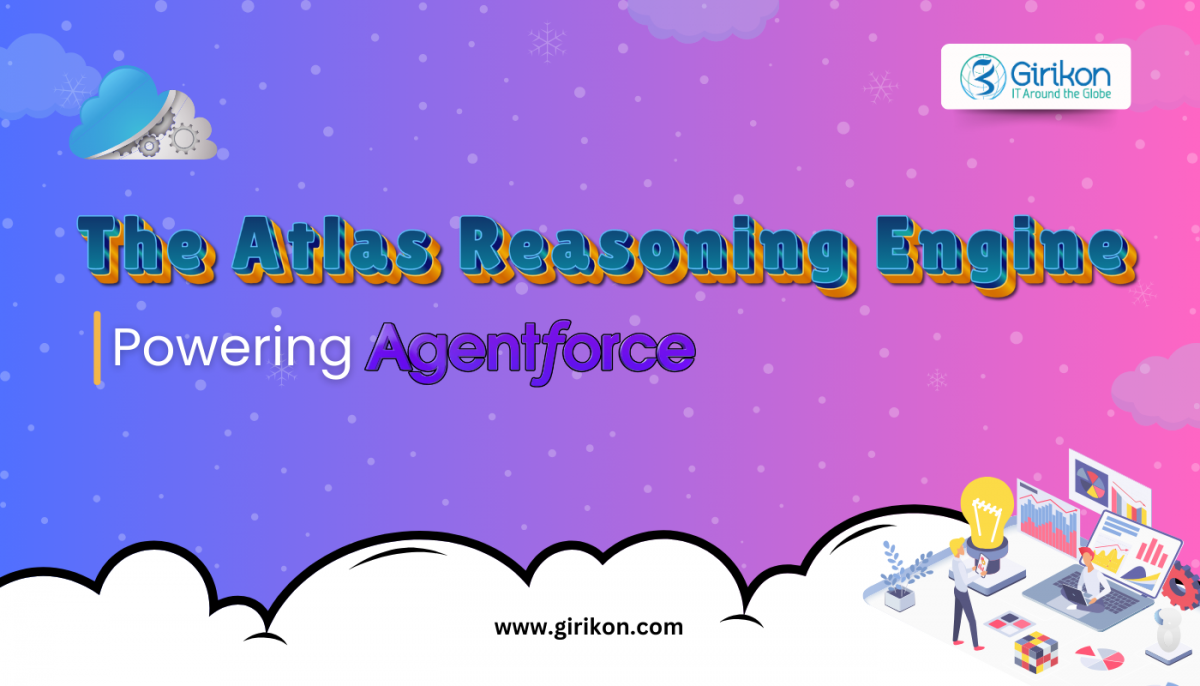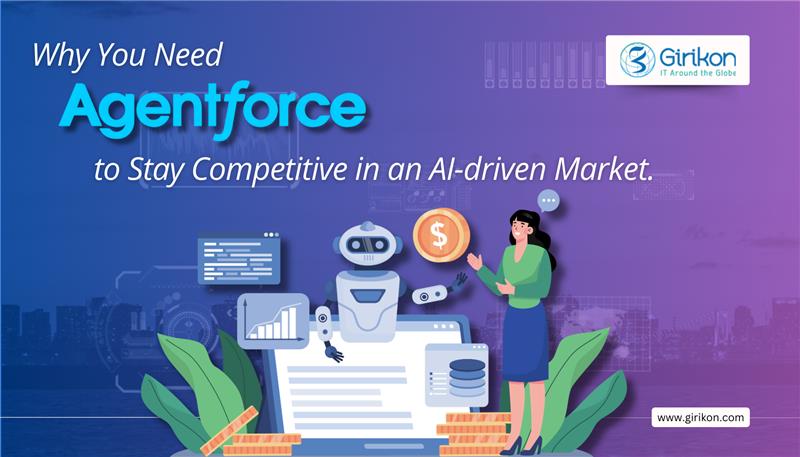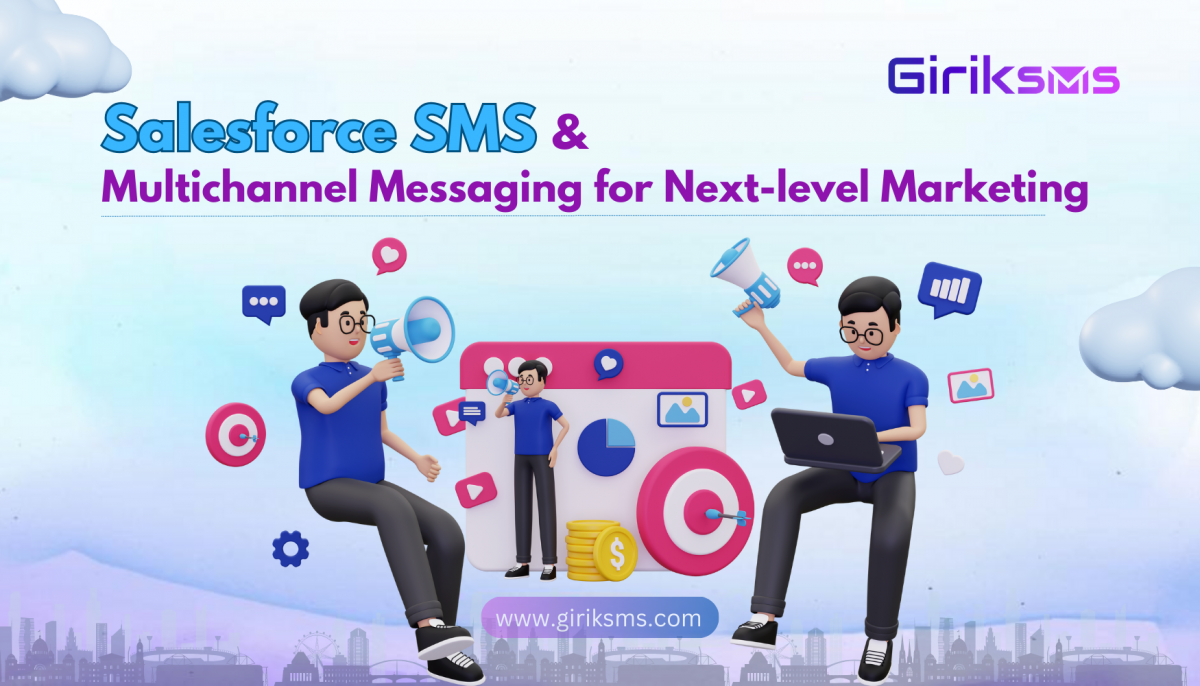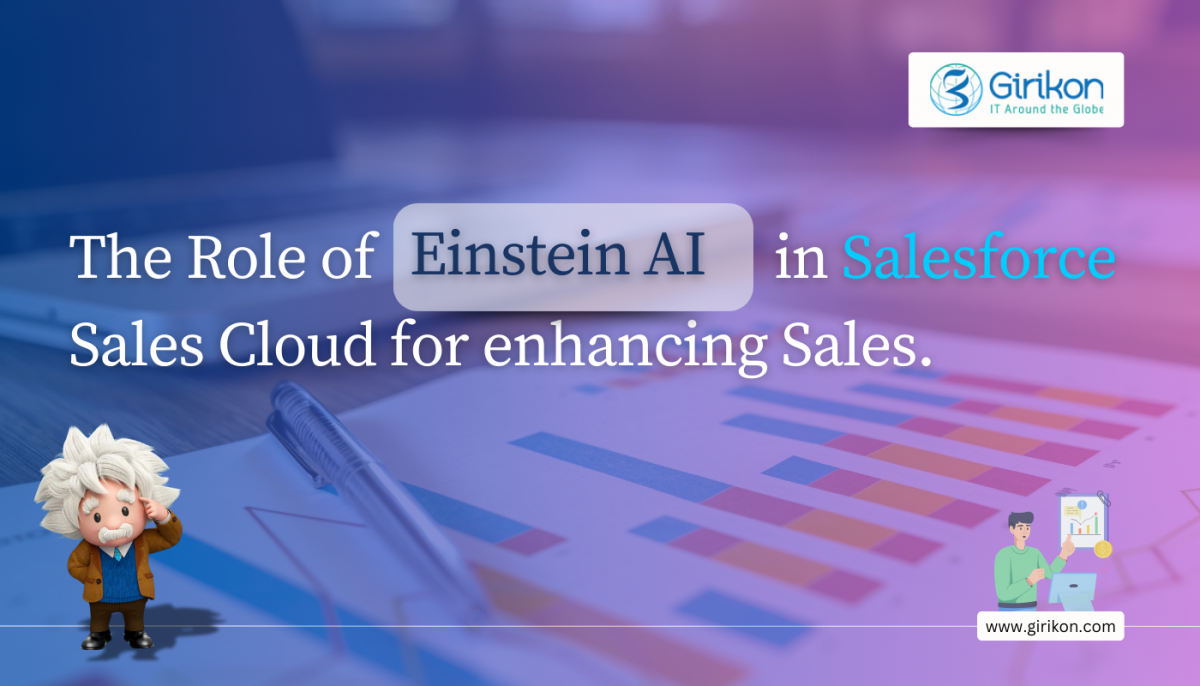Innovation in the field of artificial intelligence is progressing at a dizzying rate. The industry is quickly moving from automating support conversations to role-based automation that complements the workforce thanks to the advancements in technology. Understanding what makes humans most successful at their jobs – discerning ability, is essential for AI to replicate human abilities. Humans are able to process information, consider potential future directions, and act. Giving AI this kind of discerning ability necessitates a very high degree of intellect and judgment.
While designing Agentforce, Salesforce leveraged the most recent developments in reasoning models and large language models (LLMs). Agentforce is a collection of pre-built AI agents, which are proactive, self-contained programs created to carry out specific tasks, as well as a set of tools for creating and modifying them. These self-governing AI agents are highly sophisticated in their ability to reason, plan, and choreograph tasks. Agentforce marks a pivotal moment in the application of AI automation for customer support, sales, marketing, commerce, and other areas.
This article talks about the advancements that led to the creation of the Atlas Reasoning Engine, the brain behind Agentforce, which intelligently and independently coordinates actions to provide businesses with an enterprise-grade agent-powered solution.
The Transition from Einstein Copilot to Agentforce
Einstein Copilot, which was launched recently by Salesforce, has since evolved into an Agentforce CRM agent. Einstein Copilot follows a structured reasoning technique called Chain-of-Thought reasoning (CoT). In this method, the AI system creates a plan with a series of actions to achieve a goal, simulating human-like decision-making.
Einstein Copilot has the ability to co-participate in workflows, just like a human would, using CoT reasoning. While this made Einstein Copilot far more sophisticated than conventional bots, it was unable to accurately simulate human intellect. In response to tasks, it produced a plan that included a series of actions, which it subsequently carried out one after the other. However, it lacked a mechanism to request that the user reroute it in the event that the plan was flawed. As a result, users were unable to contribute fresh and helpful information as a conversation went on, creating an AI experience that was not flexible.
Einstein Copilot's natural-language conversational experience was far superior to that of conventional bots, but it had yet to reach the elusive goal of being genuinely human-like.
With the activities it was set up with, Copilot performed a great job of achieving user objectives; but, it was unable to respond to follow-up questions regarding information that had already been discussed. In order to answer more user inquiries, it needed to make greater use of context.
Copilot's performance began to deteriorate as Salesforce added more actions to automate additional use cases, both in terms of response quality and latency. For it to be useful, it had to scale to handle thousands of use cases effectively.
This led to the creation of Agentforce.
Agentforce: A quantum leap in reasoning
The first enterprise-grade AI-powered conversational tool, Agentforce can make intelligent decisions in real time at scale with limited to zero human involvement. That is made feasible by a number of innovations.
Orchestration based on Reasoning and Acting (ReAct) – In comparison to the CoT technique, extensive testing revealed that ReAct-based prompting produced far better results. The system performs a cycle of reasoning, acting, and observing in the ReAct mechanism until a specific goal is achieved. This type of cyclic technique enables the system to take into account any new information and request clarifications or affirmations in order to achieve the user's objective as accurately as feasible. Additionally, this results in a conversational experience that is far more fluid and natural.
Topic classification. Salesforce came up with a novel idea called themes, which corresponds to a task or user intent. User input is mapped to a topic, which includes the set of guidelines, company regulations, and steps to complete the request. The system may easily scale thanks to this technique, which aids in defining the task's scope and the LLM's associated solution space. Topics that incorporate natural language instructions give the LLM further direction and boundaries. Therefore, a natural-language topic instruction could be used if one needs particular tasks to be performed in a specific order.
If a business has a "15-day free return policy" for example, they can be given instructions and sent to the LLM so that it can consider them and adjust the user interface appropriately. Agents can safely and securely scale to thousands of activities because of this technique.
Leverage LLMs for replies. In the past, Salesforce limited the system's response options to action outputs alone, which significantly limited its capacity to react in light of the conversation's contents. A considerably richer conversational experience has been made possible by opening up the system to allow the LLM to reply utilizing the context in the discussion history. A higher goal-fulfillment rate results from users' ability to now ask follow-up questions and request clarifications regarding previous outputs.
Reasoning. Hallucinations are greatly reduced when LLMs are encouraged to express their opinions or give justifications for their choices. This has the extra benefit of giving administrators and developers insight into how the LLM behaves, allowing them to modify the agent to suit their requirements. By default, reasoning is accessible in the Agent Builder. Additionally, users can ask follow-up questions to elicit an explanation from the agent. This promotes trust in addition to preventing hallucinations.
Additional Agentforce characteristics
In addition to the Atlas Reasoning Engine, Agentforce stands out for a number of other significant reasons.
Proactive action. Agents can be triggered by user interaction. However, data operations on CRM or typical workflows, such as a ticket status update, an email a business receives, or a meeting that begins in 10 minutes, can also activate Agentforce agents. By providing agents with a degree of proactiveness, these methods increase their usefulness in both the front and back offices and enable them to be deployed in a variety of dynamic business situations.
Retrieval of dynamic information. The majority of business use cases entail getting information or acting. Grounding is one of the most common ways to provide agents with static information. However, a huge range of use cases and applications are made possible by agents' capacity to access dynamic information.
Agentforce provides a number of ways to access dynamic data. Agents can obtain any pertinent information from external databases and data sources by applying contextual search to both organized and unstructured data in the Data Cloud via RAG (Retrieval Augmented Generation).
Second, Salesforce has enhanced the agent's capacity to manage complex tasks by introducing general information retrieval methods such as online search and knowledge Q&A. Imagine using a web search to learn more about a business or a product, then combining that information with internal company knowledge before sending a summary email to a contact. The agent can manage business tasks more effectively and efficiently when data from several sources is combined.
Finally, agents can be implemented in Apex classes, Flows, and APIs. This eliminates the need to create bespoke solutions and manage each case independently by providing the agent with all of the contextual information in a process as well as information for different scenarios. Agents can better grasp their operating environment thanks to all of these processes that enable them to access dynamic information, which multiplies their level of engagement.
Transfer to a human agent. AI is capable of hallucinations and can be nondeterministic at times. For this reason, Salesforce came up with the Einstein Trust Layer, which offers prompt injection defense, zero data-retention agreements, toxicity detection, and a number of other features. It contains built-in safeguards to keep LLMs from straying and experiencing hallucinations. However, LLMs are still not entirely accurate in spite of all these methods. Agentforce naturally provides a seamless handover to a human, which is essential for those important business cases where there is no tolerance for error. In every desired business scenario, a discussion can be safely and smoothly transferred to a human thanks to Agentforce's treatment of transferring a case to a human rep as just another action.
What's the future for Agentforce?
Agentforce is revolutionary for Salesforce customers, even if it is still in its early stages. Salesforce research continues to make big strides in innovation to make its agents even more resilient and intelligent. Customers can expect the following developments in the days to come:
A framework for testing and assessing agents. It takes an enormous amount of testing and refinement to introduce a sophisticated technology like Agentforce to businesses. In order to test the outcomes, accuracy, classification, and plans, Salesforce has created a strong evaluation framework. With the help of this architecture, Salesforce research teams have been optimizing the agents for reliability, accuracy, latency, and costs. Their assessment approach is tailored especially for CRM business use cases, in contrast to other publicly accessible frameworks and benchmarks that mostly concentrate on assessing an LLM's performance on linear tasks and general knowledge competency. Additionally, Salesforce has released the first LLM benchmark in history and is now working to make its agent evaluation framework accessible to Salesforce implementation partners and customers.
Multi-intent support. Simulating human-like conversations is the hallmark of Agentforce. Many everyday phrases, like "Where is my order", "Exchange my shoes order for size 9", "update case status", "email installation steps to the customer", "book a flight", and "Reserve a table", contain several unconnected objectives. Together with large-context support, LLMs' natural language comprehension skills, and creative ideas like themes, Salesforce is always experimenting to provide customers with a dependable, scalable, and secure solution.
Multimodal support. Voice and vision-based interactions, which are the most natural forms of human contact, enhance the overall richness of experiences several times over, even if text-based interactions make up the majority of digital interactions. The multimodal AI market is really expected to rise by over a third by 2030 thanks to developments like large-context windows, faster response times, concurrent processing of multimodal inputs, and sophisticated reasoning skills. Multimodal support can benefit the following business use cases:
Voice use cases. Providing AI-powered voice support, employee onboarding, and training.
Vision use cases. Product comparison and search, web and mobile interface browsing, and field service troubleshooting.
Multi-agent support. One of the most revolutionary innovations of our time is agent-to-agent interactions. Multi-agent systems can significantly reduce processing times for complex workflows that now go sequentially owing to human-to-human hand-off because of their capacity to concurrently retrieve and process information. In addition to helping humans involved in these processes be more productive, AI agents can be introduced into these workflows to handle repetitive tasks.
This type of multi-agentic paradigm is already being introduced in the sales process, where an agent can serve as a sales coach to counsel a sales representative on how to best negotiate a contract or as a sales development representative to nurture the pipeline. Other parts of the sales process, such as lead qualification, drafting a proposal, and post-sale follow-up, can also be handled by specialized AI agents. Similarly, a service workflow may include agents who assist human representatives and answer questions, as well as agents who follow up and assign cases.
Powering the next wave of AI
Hot on the heels of copilots and predictive AI, Agentforce is the next wave of AI. Customers can use Agentforce to create agents that anticipate, plan, and reason without much assistance, in addition to responding to conversational cues to act. Without human assistance, agents are able to make decisions, automate workflows, and adapt to new information. AI agents can also provide a smooth transition to human reps, promoting collaboration across departments. With just a few clicks, these Agentforce agents can be used to enhance and revolutionize any team or business function.
Want to learn more about Agentforce? Talk to a Salesforce AI services expert today.

 +1-480-382-1320
+1-480-382-1320 +61-1300-332-888
+61-1300-332-888 +91 9811400594
+91 9811400594
